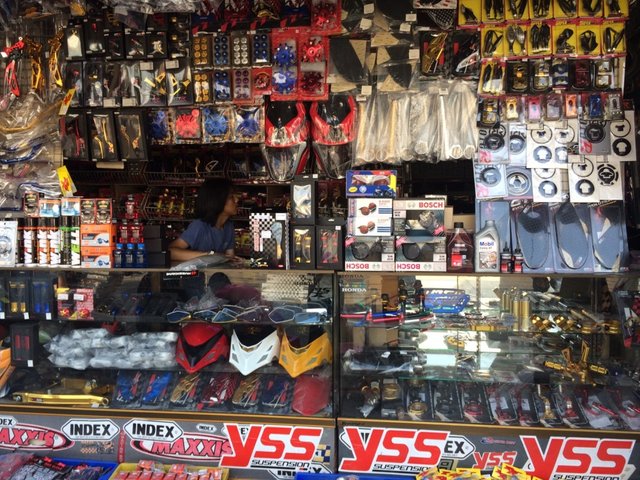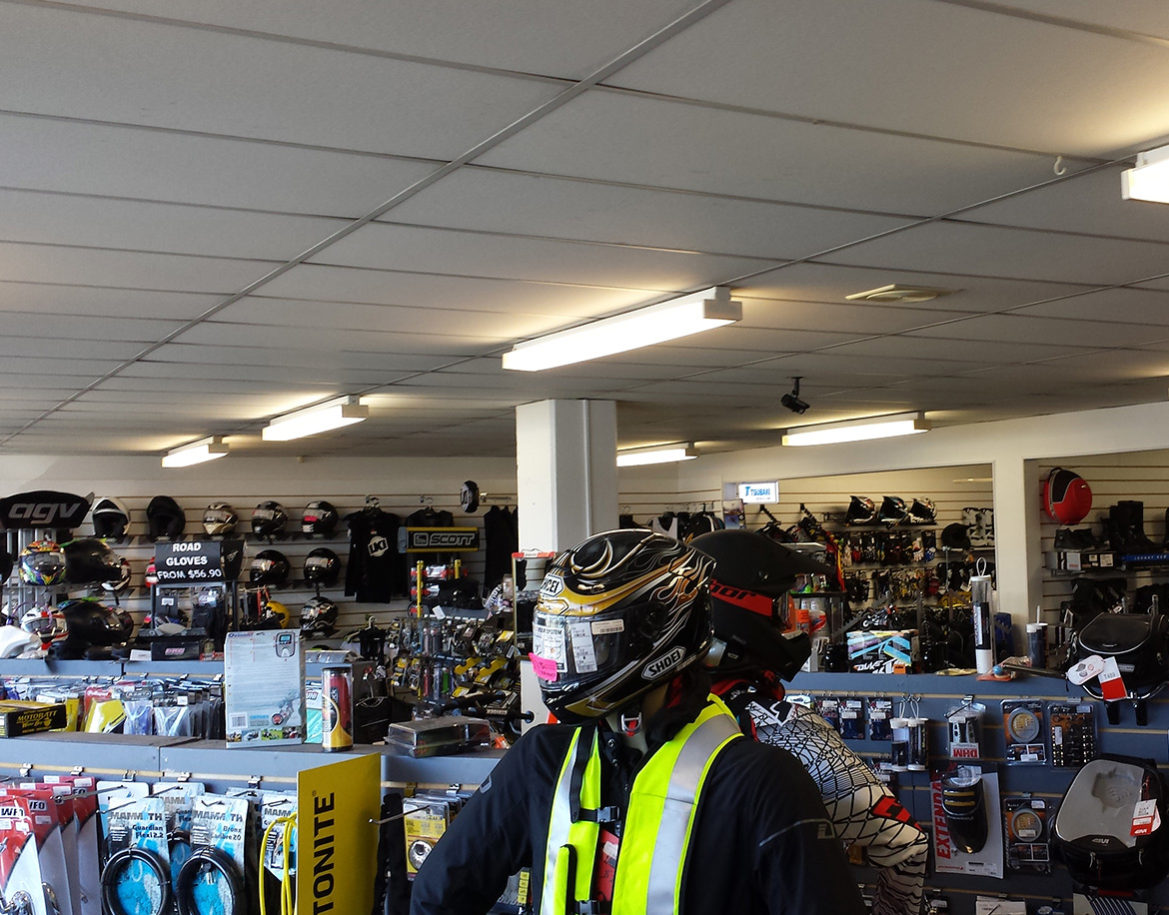Vital Motorcycle Parts NZ for Peak Performance and Security
Vital Motorcycle Parts NZ for Peak Performance and Security
Blog Article
Understanding Motorcycle Gears: Just How to Optimize Your Riding Experience
In the world of motorcycling, understanding the art of equipment control is essential for enhancing your riding performance. Effectively using and understanding motorbike equipments can considerably impact gas, velocity, and control effectiveness, transforming a typical adventure right into a smooth, exhilarating journey. By including precise shift timing and adjusting equipment selection to different roadway problems, cyclists can make certain optimal engine efficiency and security. The subtleties of clutch control, throttle control, and gear auto mechanics bid a much deeper expedition, promising to unlock the complete potential of your device. How can these strategies be used to truly optimize your riding experience?
Recognizing Equipment Mechanics
Just how do the ins and outs of gear auto mechanics influence bike performance? At the core of bike dynamics, equipment technicians play a critical function in converting engine power right into activity, ultimately determining rate and control. Gears, thoroughly crafted components, enable riders to enhance torque and rate, guaranteeing a smooth shift via various terrains and rates. The equipment proportions, carefully designed, figure out the relationship in between engine transformations and wheel turns, affecting velocity and gas effectiveness.
Comprehending equipment mechanics starts with identifying the relevance of the gearbox, which houses multiple gears of differing dimensions. These gears engage through a procedure called meshing, where teeth of different equipments involve to transmit power. The precision of this interaction is crucial; any kind of imbalance or damage can lead to inefficient power transfer, impeding efficiency. Furthermore, the arrangement and dimension of gears influence the motorbike's ability to deal with different tons and speeds.
Additionally, the concept of equipment changing is integral to making the most of efficiency. Timely and smooth shifts ensure that the engine runs within its optimal power band, stopping unneeded stress and enhancing durability (motox parts nz). By comprehending these mechanical ins and outs, riders can attain a harmonious mix of control, power, and performance, elevating their riding experience
Timing Your Changes
Shift timing mastery is necessary for maximizing motorbike efficiency and improving the riding experience. Properly timed changes ensure that the engine operates within its optimal power band, which is critical for keeping control, attaining smooth velocity, and making certain the long life of the motorcycle. Bikers must establish an user-friendly feeling of when to shift equipments, which entails recognizing the connection in between engine changes per min (RPM) and rate.
To master change timing, pay attention to the engine's noise and feel, as these provide essential ideas concerning when to change gears. The optimal change point generally occurs when the engine comes close to the top variety of its power band without getting to the redline. Changing also early can bring about a lack of power, while changing also late may trigger unneeded engine pressure
In addition, road problems and riding design influence change timing. In urban settings, smoother and much more regular changes may be needed to navigate website traffic effectively. On the other hand, during freeway riding, less changes at greater speeds can be better suited. Practicing in diverse atmospheres will certainly boost your ability to time changes specifically, ultimately boosting your riding experience to a specialist level.
Enhancing Gas Effectiveness
While mastering motorcycle gears is critical for efficiency, improving fuel performance is equally crucial for both ecological and economic factors. Optimum gas usage not only reduces operational costs but likewise minimizes the ecological footprint of riding. To achieve this, one should recognize the elaborate partnership between gear selection and engine performance.
First of all, choosing the best gear at ideal rates can significantly influence fuel usage. Riding in a higher equipment at reduced speeds can bring about engine carrying, which is damaging to both fuel economic situation and engine health and wellness. Conversely, riding in lower equipments at high speeds results in unnecessary fuel usage. Thus, keeping an optimum balance by shifting gears abreast with road problems and prepared for maneuvers is essential.
In addition, regular upkeep plays a critical role in fuel effectiveness. Ensuring that the bike is well-tuned, with clean air filters and properly blew up tires, can minimize and improve the rules of aerodynamics fuel waste. Adopting a riding design that welcomes steady acceleration and smooth deceleration can add to much better fuel economic situation.

Strategies for Smooth Transitions
Achieving smooth gear shifts is essential to improving the riding experience and making certain the long life of a motorbike's transmission system. Proper equipment shifting not only adds to a smooth adventure however also decreases wear and tear on the mechanical elements. To understand the art of smooth changes, motorcyclists should concentrate on a few crucial strategies.

Second of all, clutch control plays a critical duty. Engaging and disengaging the clutch efficiently requires method. The clutch bar need to be released slowly, permitting a smooth transfer of power from the engine to the wheels without causing a jolt or abrupt activity.

Adapting to Roadway Problems
Navigating varied roadway problems is a critical skill for any motorcyclist intending to keep control and security. Whether you're riding on damp surfaces, crushed rock roadways, or browsing sharp turns, your ability to adapt your equipment use and riding method is critical. Comprehending how to change your equipments appropriately can significantly affect grip and stability, ensuring a much safer journey.
On damp roadways, it is a good idea to maintain greater gears to decrease torque and reduce wheel spin. This method aids keep grasp on slippery surfaces, allowing for smoother velocity and slowdown. On the other hand, when riding on gravel or unequal terrain, reduced equipments are more effective. Lower equipments supply far better control and allow you to react even more quickly to unanticipated changes in the roadway surface area.
Sharp contours require accurate equipment monitoring to balance rate and control. Downshifting before going into a curve can help maintain energy while guaranteeing the bike stays steady throughout the turn. Constant technique in diverse conditions boosts your ability to anticipate and react to modifications in roadway appearance and incline.
Conclusion
Mastering bike gears substantially improves the riding experience by enhancing acceleration, fuel, and control performance. A detailed understanding of equipment auto mechanics and precise shift timing makes sure the engine runs within its optimal power band, while smooth transitions through reliable clutch and throttle coordination boost comfort and efficiency. Adjusting equipment selection to numerous road problems, such as utilizing higher gears on wet surface areas and lower gears on crushed rock, more boosts handling and security. Eventually, these abilities boost the general journey.
Comprehending gear auto mechanics begins with acknowledging the relevance of the transmission, which houses numerous equipments of differing dimensions. These gears communicate through a process understood as meshing, where teeth of various gears engage to transfer used motor bikes power (motocross gear). Gentle changes to the throttle during gear changes can protect against jerky motions and maintain a regular riding pace
Whether you're riding on damp surfaces, crushed rock roadways, or browsing sharp turns, your capacity to adapt your gear usage and riding technique is paramount. Adjusting equipment selection to numerous roadway problems, such as utilizing higher equipments on wet surfaces and reduced equipments on crushed rock, further directory improves handling and safety and security.
Report this page